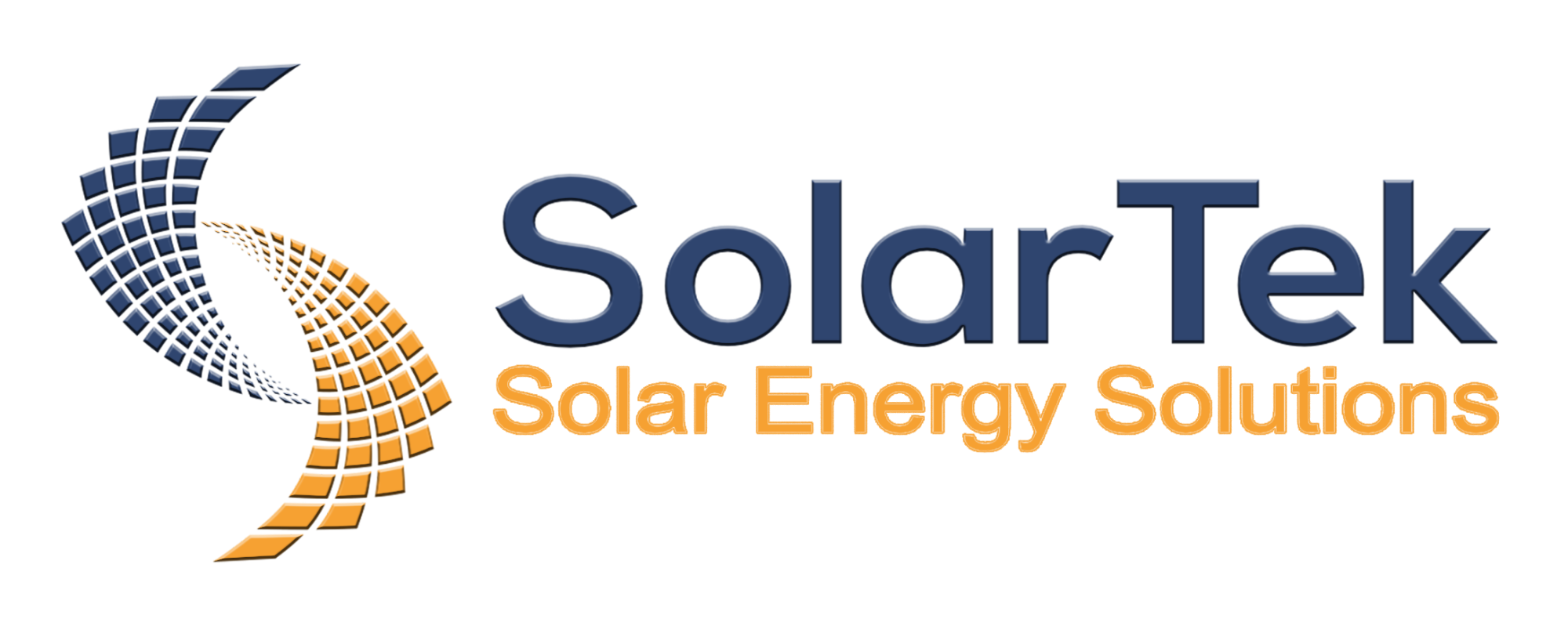Solar Energy: An Abundant and Promising Renewable Energy Source.
Solar energy is abundant. It's an accessible, renewable energy source on Earth. Solar panels capture sunlight and heat. They can convert this energy into electricity. Solar energy is crucial in fighting climate change. It also meets rising energy needs.
 Solar Energy: An Abundant and Promising Renewable Energy Source.
Solar Energy: An Abundant and Promising Renewable Energy Source.
Superior Advantages of Solar Power.
1. Clean and Environmentally Friendly.
The first and foremost advantage of solar energy is its cleanliness and environmental friendliness. The Earth is facing severe consequences from climate change due to greenhouse gas emissions from traditional energy sources like coal and oil power plants. Solar energy does not emit greenhouse gases, toxic gases, or hazardous waste, contributing to environmental protection and human health while minimizing harmful emissions and avoiding negative impacts on the environment.
2. Abundant and Nearly Infinite.
The sun is an almost inexhaustible energy source, capable of supplying energy to Earth for billions of years. According to the International Energy Agency (IEA), the amount of solar energy Earth receives in just one hour is enough to meet the global energy demand for an entire year. This demonstrates the enormous potential of solar energy in meeting energy needs and creating a sustainable future.
3. Reduces Dependence on Fossil Fuels.
Utilizing solar energy helps reduce dependence on fossil fuels, eliminates negative environmental impacts, and enhances energy security. This is a significant step in reducing reliance on unsustainable energy sources and protecting the environment for future generations.
4. Long-Term Cost Savings.
The initial investment cost might be higher compared to traditional energy sources, but the operating and maintenance costs of solar energy systems are very low. By using solar energy, we can reduce monthly electricity costs and create long-term economic benefits, enhancing competitiveness and reducing financial burdens on consumers.
Drawbacks to Consider When Using Solar Power.
1. High Initial Investment Costs.
Although the operating and maintenance costs of solar energy systems are very low, the initial investment cost for installing solar panels is very expensive. This may deter many people from investing in solar energy. However, in the long term, savings on operating and maintenance costs will help offset the initial investment.
2. Weather-Dependent Operation.
Solar energy can only generate electricity when there is sunlight, so the system's operation heavily depends on weather conditions. On rainy or cloudy days, the system's performance is interrupted and cannot produce enough energy to power all household devices.
3. Large Installation Space Required.
To install a solar energy system sufficient to power an entire household, a large area is needed to place the solar panels. This can be challenging for those living in densely populated areas or without enough space for system installation.
Investment Costs and Economic Efficiency of Solar Power.
As mentioned, the initial investment cost for installing a solar energy system is very high. However, over time, using solar energy will help save monthly electricity costs, minimize operating and maintenance costs, and reduce dependence on unsustainable energy sources.
According to a study by the International Energy Agency (IEA), investing in solar energy can reduce electricity costs by about 20% over 25 years. This is an impressive figure, indicating that switching to solar energy is an economically viable solution in the long term. Additionally, using solar energy helps alleviate electricity shortages and ensures national energy security.
Solar Panel Technology and the Development of the Solar Energy Industry.
1. Current Types of Solar Panels.
 Current types of solar panels
Current types of solar panelsMonocrystalline Solar Cells: Made from single-crystal silicon, these have the highest efficiency (about 15-20%), characterized by their black color and good performance in low light conditions.
Polycrystalline Solar Cells: Made from multi-crystalline silicon, with lower efficiency (about 13-16%). They are blue and easier to produce, costing less than monocrystalline cells.
Thin-Film Solar Cells: Made from various materials like cadmium telluride (CdTe), amorphous silicon (a-Si), and copper indium gallium selenide (CIGS). They have lower efficiency (about 10-12%) but are flexible and lightweight, suitable for curved surfaces.
2. Advances in Solar Panel Technology.
In recent years, solar panel technology has seen many improvements and developments. Beyond producing higher efficiency and lower-cost solar panels, there is ongoing research into new materials and advanced manufacturing techniques.
One new technology is the use of perovskite materials in solar panel production. This material can efficiently convert sunlight into electricity at a low production cost. This research marks a significant advancement in solar panel technology, enhancing efficiency and reducing initial investment costs.
3. Advantages of Solar Panel Technology.
Solar panel technology offers significant advantages, including:
- Sustainability: Solar panels do not pollute the environment and do not emit harmful gases.
- Cost Savings: Using solar energy helps reduce monthly electricity costs and creates long-term economic benefits.
With these advantages, solar panel technology plays an essential role in developing the solar energy industry and contributing to the goal of building a green and sustainable world.
Applications of Solar Power in Life and Production.

1. In Personal Life.
Using solar energy in personal life brings many benefits, including:
- Cost Savings: Reduces monthly electricity bills and creates long-term economic benefits.
- Environmental Protection: Does not pollute the environment and helps reduce harmful emissions.
2. In Production and Business.
Applying solar energy in production and business also offers many benefits, including:
- Reduced Production Costs: Saves on electricity costs and reduces operating expenses.
- Building a Sustainable Image: Using solar energy helps businesses build a green and clean image.
The Energy Transition Journey and the Role of Solar Energy.
Transitioning to solar energy plays a crucial role in the energy transition journey of Vietnam and the world. Utilizing renewable and sustainable energy sources like solar energy not only minimizes negative environmental impacts but also creates opportunities for sustainable economic and social development.
The Future of Solar Energy: Moving Toward a Green and Clean World.
Solar energy is gradually becoming one of the main and most important energy sources of the future. With its great potential, superior advantages, and support from governments and the international community, the solar energy industry promises to develop strongly, contributing to building a green, clean, and sustainable world.
Conclusion.
This article provides information about solar energy, a clean, potential, and important energy source in the energy transition journey of Vietnam and the world. Encouraging and investing in the solar energy industry not only brings economic benefits but also contributes to environmental protection, creating a green, clean, and sustainable future for future generations. Hopefully, this article has given you an overview and detailed insight into solar energy. Let's work together to build a better world through the use of sustainable energy sources like solar energy.
SOLARTEK JSC.
Phone: (028) 22.00.90.59 / 0779.15.12.15
Email: [email protected]



